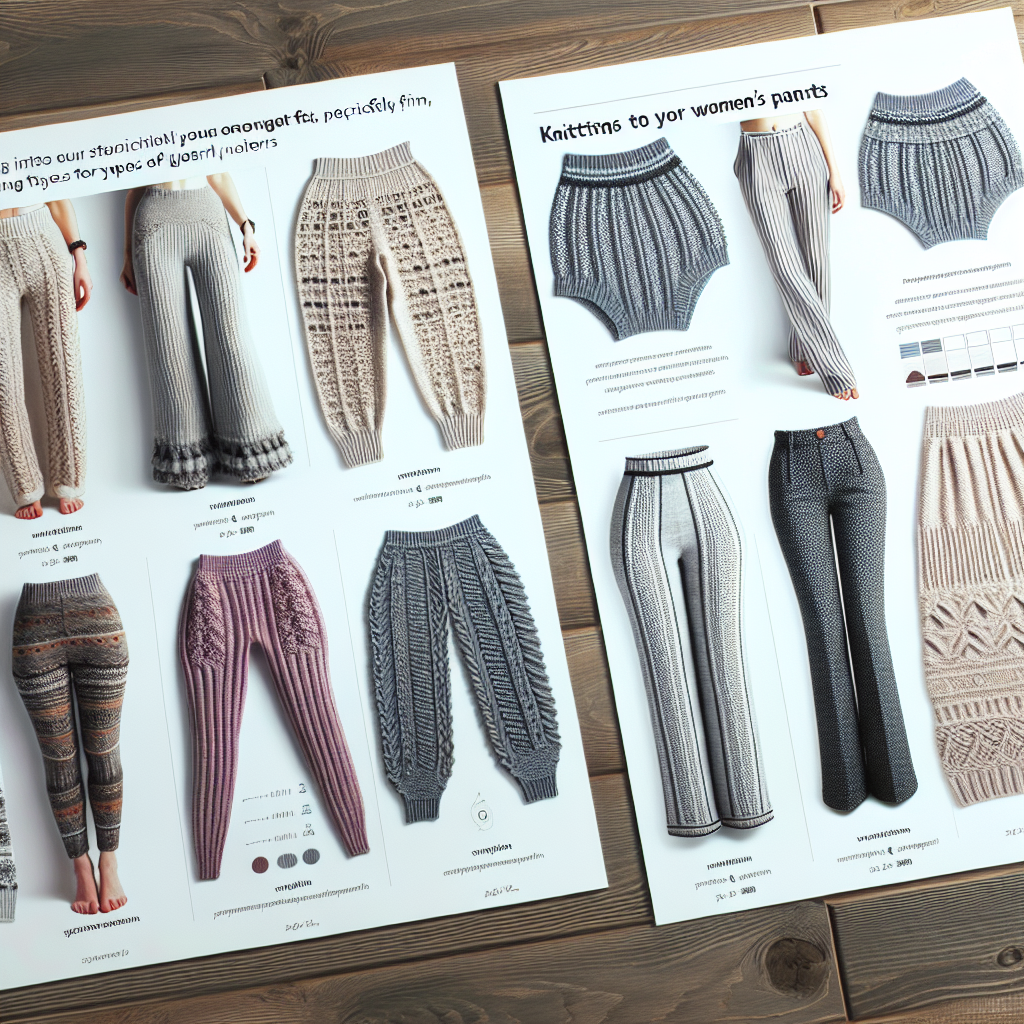Dress Knitting Patterns: A Varied Collection of Dress Patterns for All Body Types and Occasions
Knitting is a wonderful craft that allows you to create beautiful and unique garments. If you’re looking to expand your knitting skills and create stunning dresses, you’ve come to the right place. In this article, we will explore a varied collection of dress knitting patterns that are suitable for all body types and occasions. Whether you’re a beginner or an experienced knitter, these patterns will inspire you to create your own stylish dresses.
Materials Needed
Before we dive into the dress patterns, let’s gather all the materials you’ll need for these projects:
- Knitting needles (size will depend on the pattern)
- Yarn (choose a yarn that is suitable for the dress pattern and your personal preference)
- Tape measure
- Scissors
- Stitch markers
- Yarn needle
- Buttons or other closures (if required by the pattern)
Pattern 1: Classic A-Line Dress
The classic A-line dress is a timeless and flattering silhouette that suits all body types. This pattern is perfect for beginners who want to try their hand at knitting a dress. Here’s how to make it:
Step 1: Take Measurements
Start by taking your measurements to ensure the dress fits you perfectly. Measure your bust, waist, and hips, and note down the measurements.
Step 2: Choose the Right Size
Refer to the pattern instructions to determine the size that corresponds to your measurements. Most patterns will provide a size chart to help you choose the right size.
Step 3: Cast On
Using the recommended yarn and needle size, cast on the required number of stitches according to the pattern instructions.
Step 4: Knit the Bodice
Follow the pattern instructions to knit the bodice of the dress. This usually involves knitting in stockinette stitch or a pattern stitch of your choice.
Step 5: Shape the Waist
Once the bodice is complete, you’ll need to shape the waist. This can be done by decreasing stitches evenly across a row or by working specific shaping instructions provided in the pattern.
Step 6: Knit the Skirt
After shaping the waist, continue knitting the skirt portion of the dress. This can be done in stockinette stitch or with a pattern stitch of your choice.
Step 7: Finish the Dress
Once the skirt is complete, follow the pattern instructions to finish the dress. This may involve adding sleeves, a collar, or other finishing touches.
Step 8: Finishing Touches
After completing the dress, weave in any loose ends and block the garment to give it a polished look. Add buttons or other closures if required by the pattern.
And there you have it! Your very own classic A-line dress. This versatile pattern can be customized with different yarns and stitch patterns to create unique variations.
Pattern 2: Lace Evening Gown
If you’re looking to create a show-stopping dress for a special occasion, a lace evening gown is the perfect choice. This pattern requires intermediate knitting skills and attention to detail. Here’s how to make it:
Step 1: Choose the Right Yarn
Select a lace-weight or fingering-weight yarn in a color of your choice. Make sure the yarn has good stitch definition to showcase the lace pattern.
Step 2: Swatch and Gauge
Knit a swatch using the recommended needle size and lace pattern to determine your gauge. Adjust your needle size if necessary to achieve the correct gauge.
Step 3: Take Measurements
Measure your bust, waist, and hips to determine the size of the dress. Refer to the pattern instructions for guidance on choosing the right size.
Step 4: Cast On
Using the recommended needle size and the number of stitches specified in the pattern, cast on for the dress.
Step 5: Knit the Bodice
Follow the lace pattern instructions to knit the bodice of the dress. Pay attention to any shaping instructions provided in the pattern.
Step 6: Shape the Waist
Once the bodice is complete, shape the waist by decreasing stitches evenly across a row or following the shaping instructions provided in the pattern.
Step 7: Knit the Skirt
Continue knitting the skirt portion of the dress in the lace pattern. The length of the skirt can be customized according to your preference and the occasion.
Step 8: Finishing Touches
Weave in any loose ends and block the dress to open up the lace pattern and give it a professional finish. Add any desired embellishments, such as beads or sequins, to enhance the gown’s elegance.
With these steps, you’ll have a stunning lace evening gown that is sure to turn heads at any event.
Pattern 3: Sweater Dress
A sweater dress is a cozy and stylish option for colder months. This pattern is suitable for intermediate knitters who are comfortable with sweater construction techniques. Here’s how to make it:
Step 1: Choose the Right Yarn
Select a medium-weight or bulky yarn that is suitable for sweaters. Consider the fiber content and choose a yarn that will provide warmth and comfort.
Step 2: Swatch and Gauge
Knit a swatch using the recommended needle size and stitch pattern to determine your gauge. Adjust your needle size if necessary to achieve the correct gauge.
Step 3: Take Measurements
Measure your bust, waist, and hips to determine the size of the dress. Refer to the pattern instructions for guidance on choosing the right size.
Step 4: Cast On
Using the recommended needle size and the number of stitches specified in the pattern, cast on for the dress.
Step 5: Knit the Bodice
Follow the pattern instructions to knit the bodice of the dress. This may involve working in ribbing, cables, or other stitch patterns.
Step 6: Shape the Waist
Once




